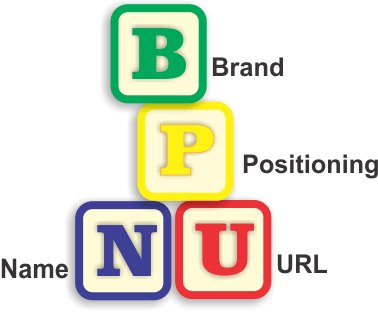I went dark back in mid-November.
Shift happens. I put my house on the market and it sold. The condo I wanted to buy had not received FHA approval. The mortgage company bureaucrats demanded data at the last minute. Mom was in the emergency room so I flew back to the Midwest.
 Then, not only Murphy but his minions decided it was my turn in the barrel. I figured my Personal Brand was going to take a hit.
Then, not only Murphy but his minions decided it was my turn in the barrel. I figured my Personal Brand was going to take a hit.
Keeping your personal brand means you have to:
- Constantly keep it in mind.
- Unceasingly support it.
- Always keep it visible.
That is especially true when Murphy and Minions grab hold of your life.
I’ve just come through three months of coping with the Murphy clan.
According to Google:
Edward Aloysius Murphy Jr. (January 11, 1918 – July 17, 1990) was an American aerospace engineer who worked on safety-critical systems. He is best known for his namesake Murphy’s law, which is said to state, “Anything that can go wrong will go wrong.”
How do you sustain your personal brand when everything you do seems to diminish your ability to look after it?
For me it started with three apparently unrelated decisions:
- I would assist Mom in getting the eye surgery she needed by being there.
- I’d sell my house, downsize and bank a little cash on the way.
- Speaking appearances would get more attention in 2018.
I wrote about how Murphy and his Minions started changing my life regarding the first two decisions in my Personal Note Series (Best Laid Plans, To Market To Market).
Little did I know back then.
You are who you are and that will not change catastrophically unless you run afoul of the law in a major way.
I went dark for three months. My last Small Business Marketing Blog and weekly commentary last appeared in mid-November. Updates to my Brand web site and Facebook page stopped about the same time. My regular contributions to BeBee became a trickle of comments and then just stopped altogether.
I did maintain my consulting business clients but had to discontinue most of my new business activities. I flew to Cincinnati, Ohio from my home in Portland, Oregon four times in two months Two of the trips were unplanned because Mom was in the Emergency Room.
There were a few concerned business phone calls but It wasn’t until I cancelled the land-line phone service that I got any major reaction. I only have one phone number now: 503 957-7901
Be yourself. Don’t allow the events of the day to muddle how you connect.
Base your personal brand on your core competence, convictions and confidence. Stick to it through thick and thin. People understand that your professional abilities can be impacted by emotional situations. You need to be transparent about how Murphy and Minions are impacting your emotions. They will give you credit when you are candid.
Honesty, candor and your web site are the night light you need when Murphy and Minions force you to go dark.
My consulting site continued to generate leads and proved to be the primary resource for clients that were referring prospects. The comment, “I felt I knew you before we met in person because your web site gave me so much information.”
Over the next few weeks you can look forward to updates in my speaking site (www.NetworkingNinja.com)
_______________________________________________________________
 Jerry Fletcher is a beBee ambassador, founder and Grand Poobah of www.BrandBrainTrust.com
Jerry Fletcher is a beBee ambassador, founder and Grand Poobah of www.BrandBrainTrust.com
His consulting practice, founded in 1990, is known for Trust-based Brand development, Positioning and Business Development on and off-line. He is also a sought-after International Speaker.
Consulting: www.JerryFletcher.com
Speaking: www.NetworkingNinja.com











